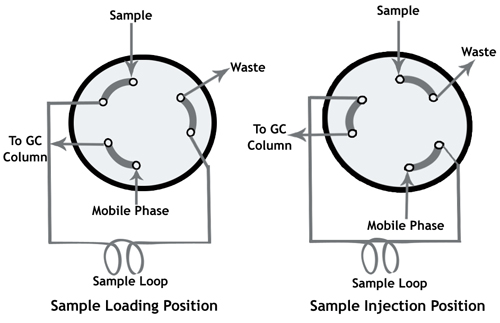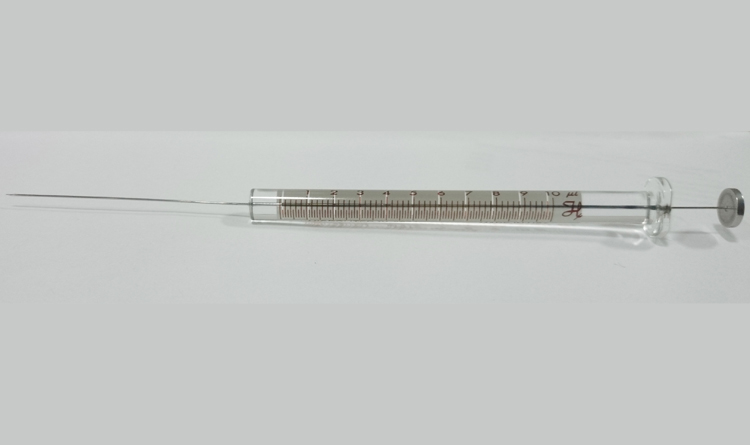Troubleshooting Tips for Gas Chromatographic Syringe


Gas chromatographic syringe is an indispensable accessory for the gas chromatographer. Syringe is necessary for introduction of selected volume into the gas chromatograph. The results of analysis are meaningful only if the selected volumes are accurately and reproducibly transferred into the system.
Proper handling and care of chromatographic syringes has been covered earlier. However, in addition to proper handling and care operational problems can arise unexpectedly and the objective of the present article is to provide suggestions on how to take corrective action when faced with such situations.
Common problems and their remedies
Proper maintenance of the syringe can help minimize such situations but knowledge of corrective actions is a definite advantage. The three common problems encountered are:
- Syringe blockage
- Bent or broken needles and plungers
- Bubble formation
Syringe Blockage
Syringe blockage is a commonly encountered problem. Inconvenience on this account can be minimized by referring to the tips suggested in the article under reference. However, when faced with such a situation the following course of action is recommended:
- Do not use force on the plungers as it can result in bending of plunger or even breakage of the syringe barrel
- Remove the needle, if it is removable, and soak in distilled water or a suitable solvent such as methanol, dichloromethane or acetonitrile for about 5 to 10 minutes.If the needle is not removable dip the needle in a suitable tube or beaker. Do not soak the entire syringe.
- Draw the solvent 5 – 10 times and flush out the waste so that it gets completely free of clogging
- Solid suspensions in samples or septa residues can also lead to blockages. In such situations remove the plunger and fill the barrel with the appropriate solvent and after re-inserting the plunger try flushing out the blockage. Exercise caution so that excessive pressure is not applied as this can break or bend the plunger or crack the barrel.
- If the above approach fails in the try the following options:
Option – 1 – make use of a needle cleaning wire
Option –2 – sonicate the needle in a suitable solvent
Option –3 – use a syringe cleaner accessory which removes the solid through controlled heat application along the needle’s length
- Greasing the syringe piston for free movement is not recommended as it can introduce contamination
Bent or broken needles and plungers
Bends, if any, in needles or plungers can be corrected gently but if kinks appear the best solution is replacement. The same is true if there are breakages. It is advisable to keep a ready replacement stock in hand.
Bubble Formation
Air drawn into the syringe can lodge as minute bubbles sticking to the wall of the barrel. Turn the syringe upside down and gently tap the bubbles from outside. This will dislodge the bubbles and they will rise to the top. Expel the air before using the syringe for injection.
The common problems are easily overcome by following the suggested guidelines. However, they can be prevented by keeping the syringe clean after use and handling it with proper care.




I am in need of help I run 3 Gc I always have problems with calibration. Please help. Are maybe I could sign up for class an you could help me get my calibration right or possibly trouble shoot.
My suggestion for you is to register for the online GC certificate program. You will find solutions to most of your stated queries.
We are using Thermo TSQ 9000 GC,Probelm facing with the ALS is in replicate injections one injection Analyte peak was not eluted before after that injections analyte peak was with comparable responce.